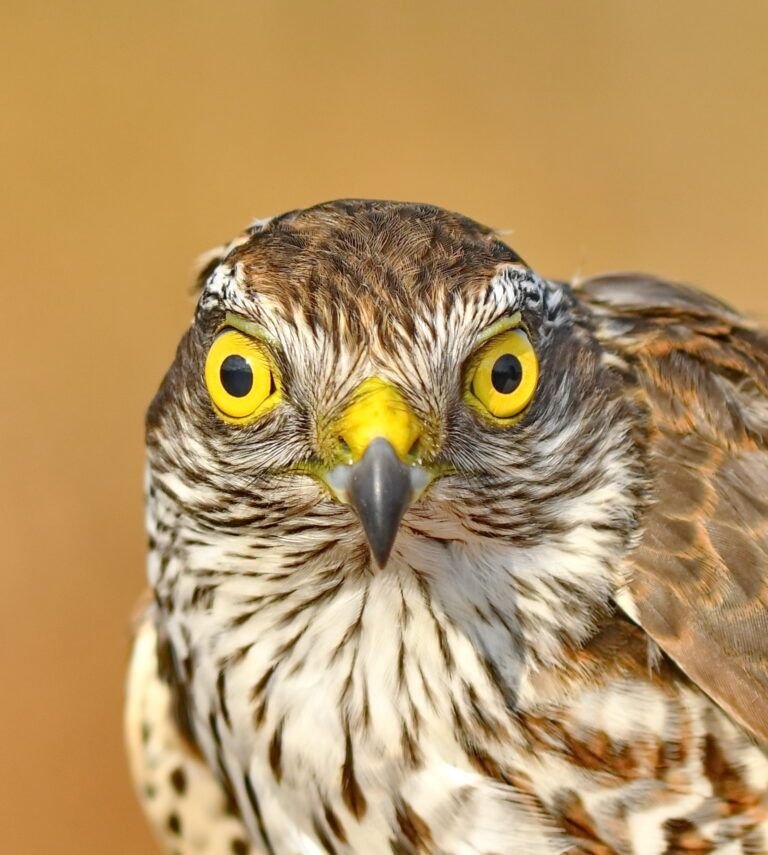The stone curlew, Eurasian thick-knee, or Eurasian stone-curlew (Burhinus oedicnemus) is a northern species of the Burhinidae (stone-curlew) bird family.
It is a fairly large wader though is mid-sized by the standards of its family. Length ranges from 38 to 46 cm (15 to 18 in), wingspan from 76 to 88 cm (30 to 35 in) and weight from 290 to 535 g (10.2 to 18.9 oz). with a strong yellow and black beak, large yellow eyes (which give it a “reptilian”, or “goggle-eyed” appearance), and cryptic plumage. The bird is striking in flight, with black and white wing markings.
Despite being classed as a wader, this species prefers dry open habitats with some bare ground. It is largely nocturnal, particularly when singing its loud wailing songs, which are reminiscent of that of curlews. Food consists of insects and other small invertebrates, and occasionally small reptiles, frogs and rodents. It lays 2-3 eggs in a narrow scrape in the ground.
The stone curlew occurs throughout Europe, north Africa and southwestern Asia. It is a summer migrant in the more temperate European and Asian parts of its range, wintering in Africa.
The genus name Burhinus comes from the Greek bous, ox, and rhis, nose. The species name oedicnemus comes from the Greek oidio, to swell, and kneme, the shin or leg, referring to the bird’s prominent tibiotarsal joints which also give it the common name of “thick-knee”. This is an abbreviated form of Pennant’s 1776 coinage “thick kneed bustard”.
The name “stone curlew” was first recorded by Francis Willughby in 1667 as a “third sort of Godwit, which in Cornwall they call the Stone-Curlew, differing from the precedent in that it hath a much shorter and slenderer Bill than either of them”. It derives from the bird’s nocturnal calls sounding like the unrelated Eurasian curlew Numenius arquata and its preference for barren stoney heaths.
There are five subspecies of Burhinus oedicnemus:The Indian stone-curlew was previously considered a subspecies.
- Burhinus oedicnemus distinctus (Bannerman, 1914) Canary Islands central and western
- Burhinus oedicnemus harterti Vaurie, 1963
- Burhinus oedicnemus insularum (Sassi, 1908) Canary Islands, eastern
- Burhinus oedicnemus oedicnemus (Linnaeus, 1758)
- Burhinus oedicnemus saharae (Reichenow, 1894)






